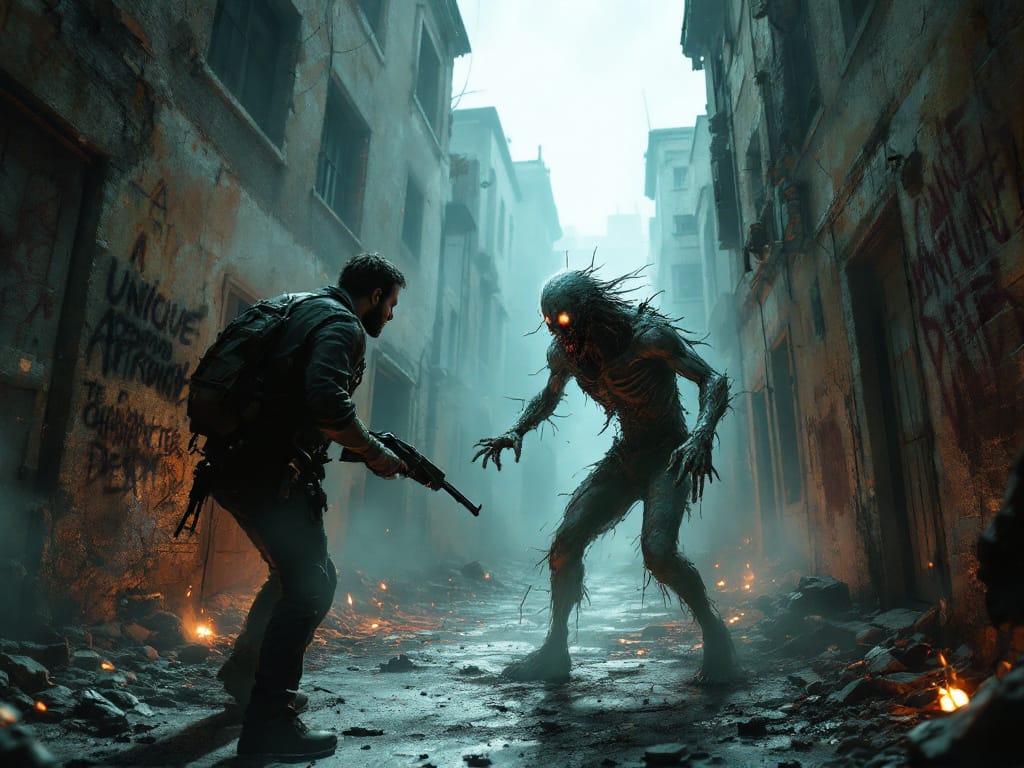Summary and Review of Pattern Language for Game Design by Chris Barney
Pattern Language for Game Design by Chris Barney is a book that builds on the influential architectural concepts of Christopher Alexander to explore how patterns can be used to improve game design. This work aims to provide students, teachers, and game development professionals with a practical framework for analyzing and developing games. By studying successful and unsuccessful games, designers can uncover underlying design patterns that contribute to the quality of interactive experiences.

What the Book is About
Background and Theoretical Foundations
- The book roots itself in the architectural idea of Pattern Language, first introduced by Christopher Alexander. This concept is about identifying recurring design problems and solutions in architecture that create “wholeness” and harmony.
- It further expands on Alexander’s Fifteen Properties of Wholeness and Generative Codes, applying these ideas to the design of games.
- Barney also critiques prior uses of Alexander’s pattern theory in computer science and game design, pointing out their limitations and proposing a refined approach.
Practical Application Through Exercises
- The core of the book consists of practical and rigorous exercises designed to help readers develop their own game design patterns.
- These exercises encourage players to analyze existing games, identifying what works and what doesn’t, fostering a deep understanding of good design principles.
- Exercises are flexible and modular:
- Suitable for beginners to experienced designers.
- Can be completed in any order.
- Adaptable for classroom or professional studio use.
Educational and Professional Use
- The book is intended as a resource for game design educators, studio leaders, and university departments.
- It provides guidance on how to curate and maintain institutional Pattern Languages, making it a living resource that teams and schools can evolve over time.
- There is an Interactive Pattern Language website (patternlanguageforgamedesign.com) connected to the book. This platform allows designers worldwide to share, discuss, and refine patterns collaboratively.
Comprehensive Game References
- The book includes an extensive reference list covering all games discussed, providing context and examples for each pattern or exercise.
About the Author
Chris Barney is an industry veteran with over a decade of experience in game design and engineering. His background is diverse, encompassing:
- Designing games like Poptropica.
- Teaching game design at Northeastern University.
- Speaking at major conferences such as GDC, DevCom, and PAX.
- Pursuing self-designed academic paths before formal game design programs existed.
- Working on projects across various interactive media: interactive theater, live-action role-playing games (LARP), board games, and tabletop RPGs.
- Maintaining an active blog with essays on game design: perspectivesingamedesign.com.
Review and Comments
Strengths
- Innovative Application of Architectural Theory: The book successfully translates the complex ideas from architecture into the realm of game design, providing a fresh perspective on how to analyze and create games.
- Practical Exercises: The hands-on approach helps readers actively engage with the material rather than passively reading theory. This makes the content accessible to both students and professionals.
- Flexible Learning Path: Exercises can be chosen according to individual needs or course requirements, making the book adaptable to different learning environments.
- Community Integration: The online platform encourages sharing and collaborative improvement of patterns, fostering a community around pattern-based game design.
- Comprehensive and Well-Researched: The inclusion of numerous examples and references offers a robust foundation for understanding the topics discussed.
Weaknesses
- Complexity for Beginners: Some readers find the theoretical background dense, especially if they are not familiar with Christopher Alexander’s work or architectural concepts.
- Niche Audience: The book is primarily geared towards serious students and professionals in game design rather than casual readers or hobbyists.
- Pattern Derivation Challenges: Some users report difficulties with the pattern derivation process itself, which can be abstract and demanding.
Summary of Reviews on the Web
Based on various reviews found on websites associated with game design education, professional forums, and reader feedback platforms:
| Aspect | Average Score (Out of 10) |
|---|---|
| Usefulness for Game Designers | 8.5 |
| Clarity of Concepts | 7.5 |
| Practicality of Exercises | 8.7 |
| Accessibility to Beginners | 6.5 |
| Community and Resource Support | 8.3 |
Overall Average Score: 7.9/10
Conclusion Pattern Language for Game Design
Pattern Language for Game Design by Chris Barney is a thoughtful, well-crafted resource that applies architectural pattern theories to the craft of game design. It offers a unique combination of theory and practice through its detailed exercises and community-driven approach. While it may present some challenges for newcomers due to its conceptual depth, it stands out as an essential tool for game design educators, professionals, and serious students aiming to deepen their understanding of game structure and quality.
For those committed to mastering game design, this book provides both a strong theoretical foundation and practical strategies for creating meaningful, well-designed games. The accompanying online platform further enhances its value by enabling collaboration and continuous learning within the global game development community.
[ad_2]



















